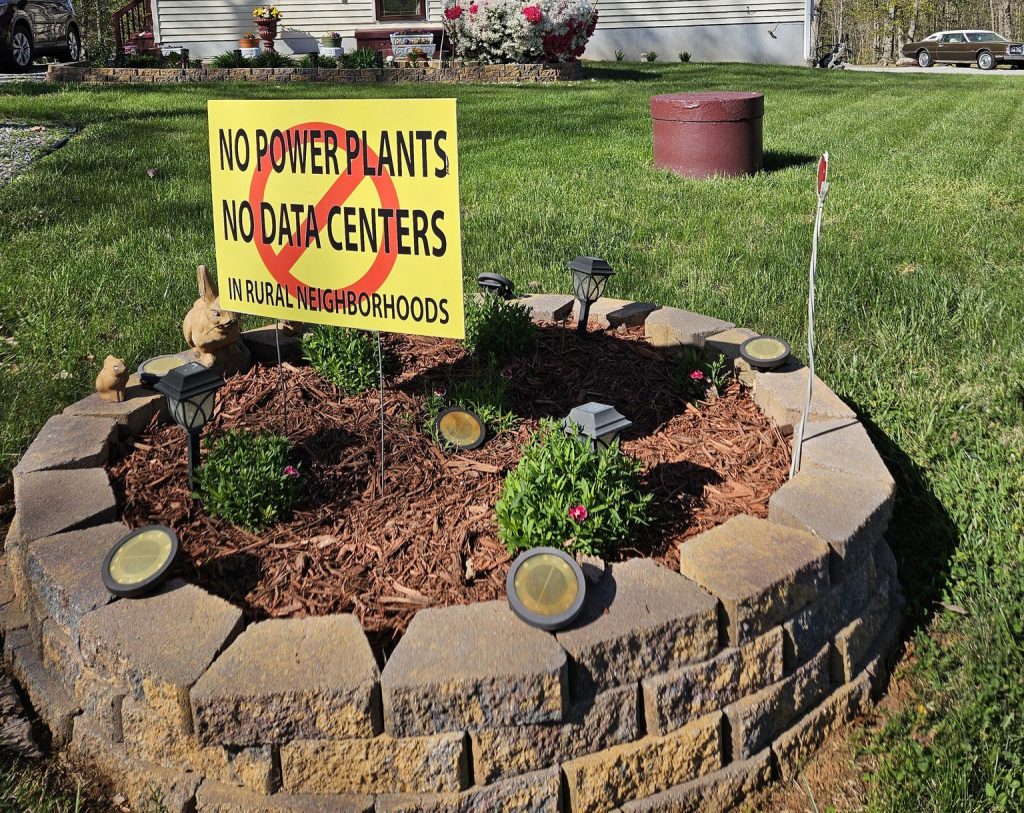Jim Minick is a professor of English at Radford University and the author of Finding a Clear Path_, a collection of essays was published by West Virginia University press.
Pine trees receive a large share of bad press in environmental circles, and sometimes rightly so. Their use in plantations has been linked to increasing global warming, habitat destruction, and many other problems. But the tree is not the problem, how we humans use it is. And not all of these “uses” are bad.
But first, the bad news. For starters, a plantation may be full of trees, but it is not a forest, and this especially applies to pine trees. As the famous Harvard scientist and conservationist, E.O. Wilson explains, “When [you] convert a natural forest to a monoculture pine plantation, you lose 90 percent of the biodiversity.” A walk through a mature pine plantation is always quieter than a walk through a deciduous woods because fewer birds and fewer understory plants survive in the dense, acidic shade. A real forest is messier, full of life and not a sterile, quiet monoculture that more closely resembles an Iowa cornfield than a Tennessee oak/hickory mixed forest.
Thanks to our nation’s ever-growing hunger for cheap paper and chipboard, the acreage converted to pine plantations is rapidly growing. By current federal estimates, 25% of all southern forests will be converted to pine plantations by the year 2040. That will equal an area the size of Utah, roughly 54 million acres. Fifty years ago, few plantations like these even existed—our appetite for wood products has become so strong.
Researchers at Ohio University recently found another problem with pine plantations. According to Brent Sohngen, the increasing number of pine plantations in the southern United States could contribute to a rise in carbon dioxide levels in the atmosphere, CO2 being one of the key greenhouse gases linked to global warming. Pine plantations sequester much less carbon dioxide than hardwood or even native pine forests because they hold much less organic matter. The researchers focused on just three states, Arkansas, Louisiana and Mississippi, and they estimated that 10 million acres of hardwood and natural pine forests will be harvested and converted to pine plantations by 2030. “That translates into roughly 700,000 tons more carbon dioxide released into the atmosphere annually” in these three states. When the numbers are applied across all of the south, the researchers concluded that “carbon dioxide emissions could be as much as four times higher” than if the land had remained a natural forest. Though it may be green, the plantation is not helping solve the carbon problem nearly as well as a natural forest.
But the use of pine trees doesn’t have to cause such major changes in the world, and on our farm in southwest Virginia, we’re experimenting with white pines in a way that will help both the land and offer us a small amount of income.
In the last three years, we’ve planted sixteen acres of abandoned pasture to hardwoods. The land was too steep to mow for hay, and so we wanted to keep it productive by growing high-value trees. But oaks and ashes grow very slowly, and we’ll probably never see these eighteen-inch seedlings become towering trees. Hopefully, though, we will see a little income from the white pines we interplanted.
These pines have at least two benefits. First they act as what foresters call “nurse” trees. One of the common problems with converting grassland to hardwoods is that tree seedlings tend to grow out rather than up. This makes for weaker, poorly-formed trees, and in the long run, less timber. But if you interplant pines, these evergreens will compete just enough to push the hardwoods up, rather than letting them grow out. The pines “nurse” them into good shape.
The second advantage we hope to garner with this method will give us a little income in a few years. When the white pines have grown for seven years, they’re ready to be “tipped” for the Christmas wreath industry. This involves laborers pruning off much of the bottom branches and hauling these to wreath makers. The pines aren’t harmed by this, and the “tippers” can return in another three years to repeat the process. Current tippings earn the landowner roughly $400 on a full acre of pines, but since we’ve planted our pines at a much lower rate (300/acre vs. 800/acre), we’ll probably only see half of this amount, but enough, hopefully, to cover the annual taxes.
A pine tree can be a lovely thing, a pyramid of year-round greenery that captures the wind’s voice in any season. But used in a plantation, a pine tree is little more than a stick with green needles, a piece of wood to turn into dollar bills as quickly as possible. Our use or misuse of resources determines how we view pines and all of the rest of the world. We can see this tree as a “nurse crop” for our own conservation ethic, or simply as a cash crop, another piece of newspaper to fill the overflowing landfill. The choice is ours.
Related Articles
Latest News

Leave a comment
Your email address will not be published. Required fields are marked *




